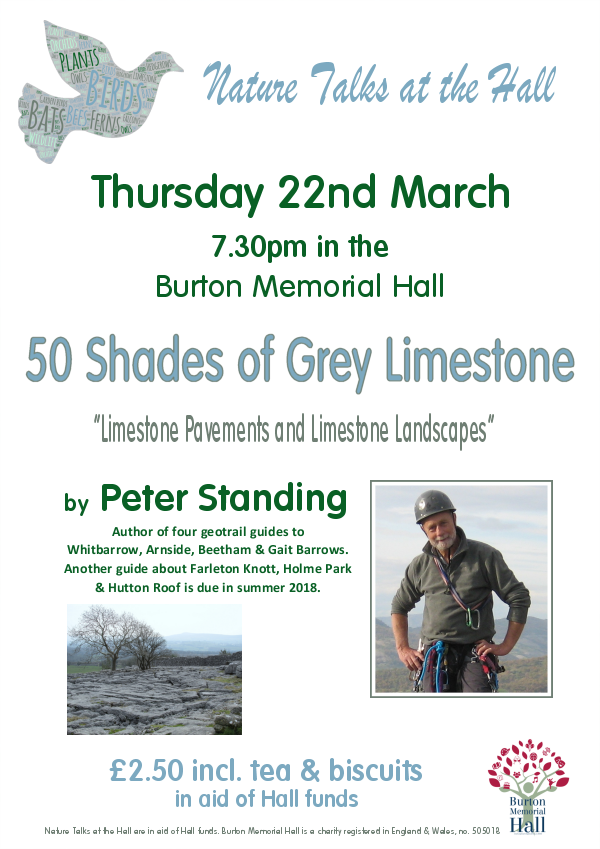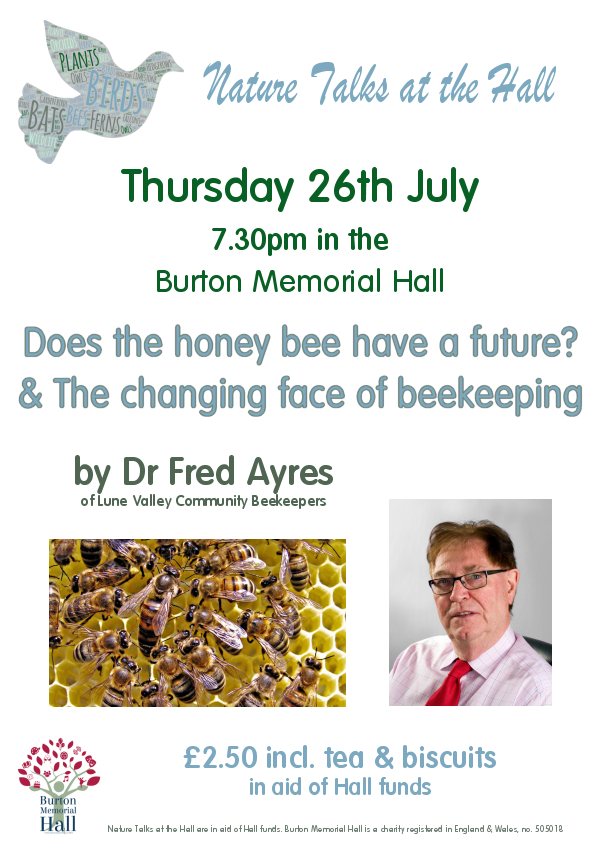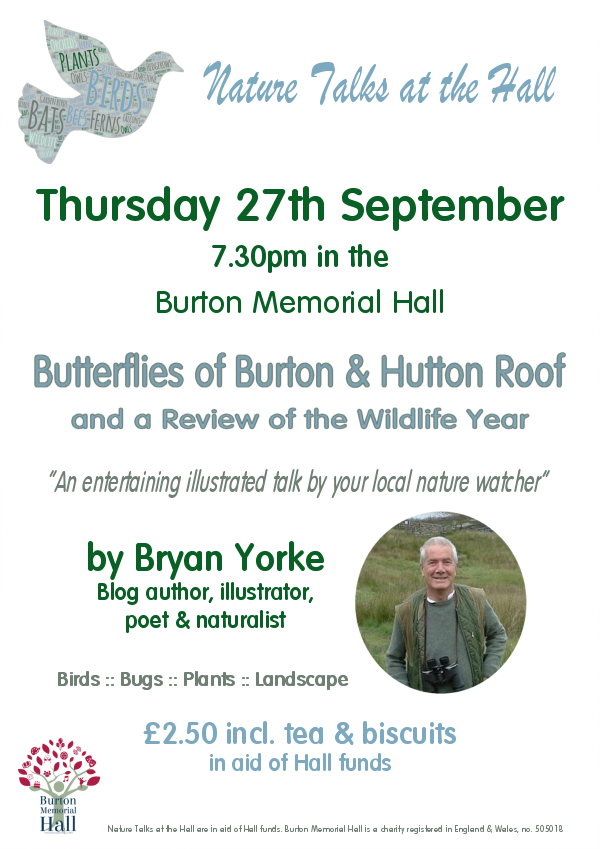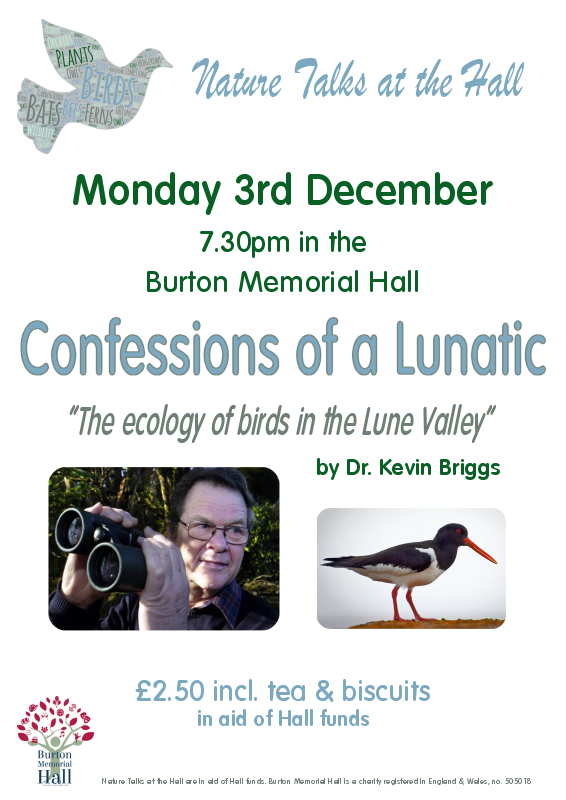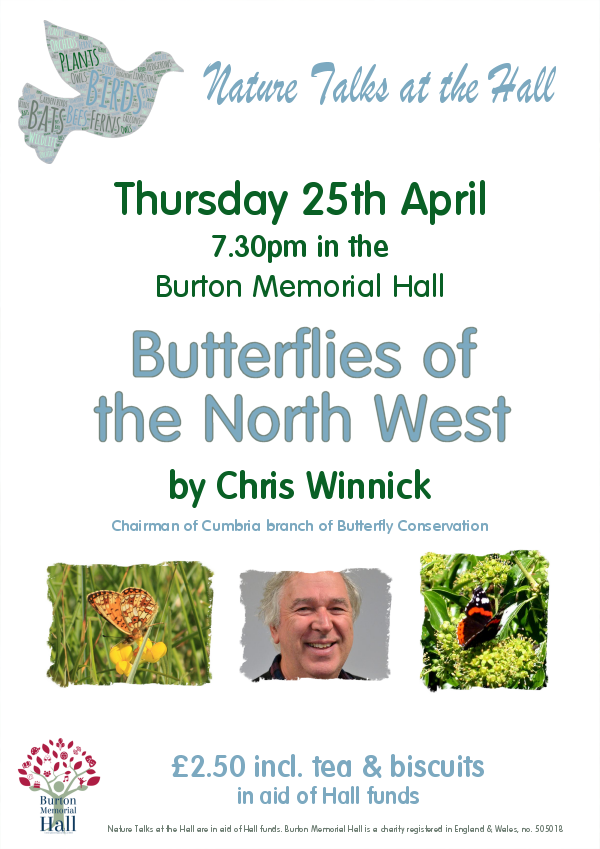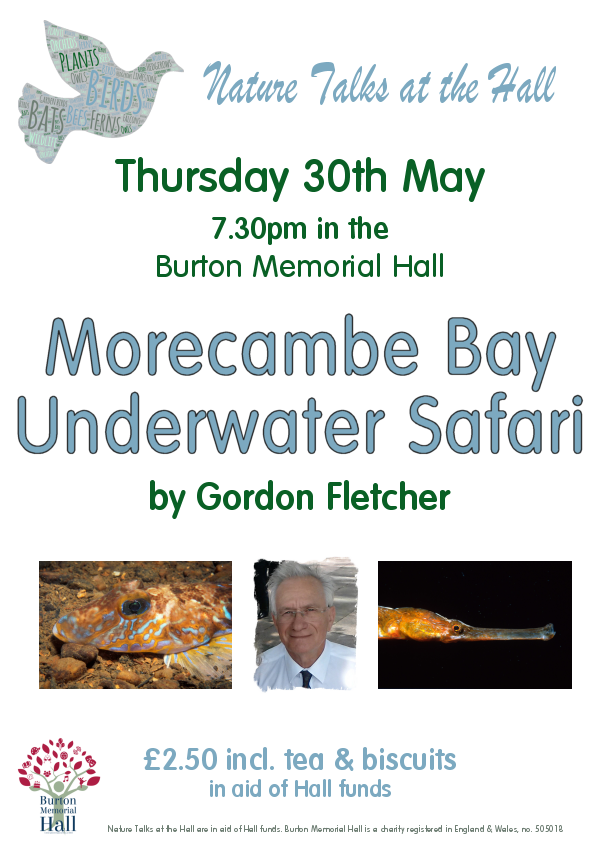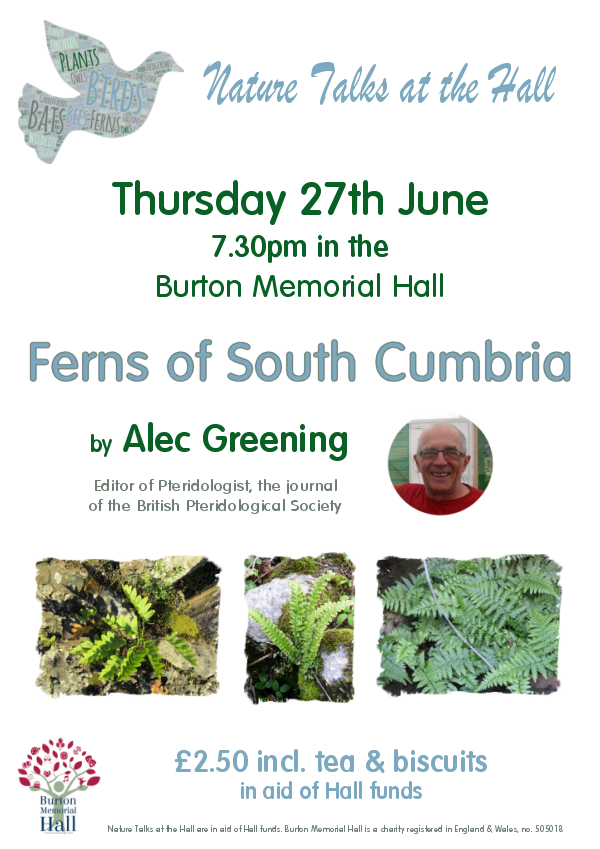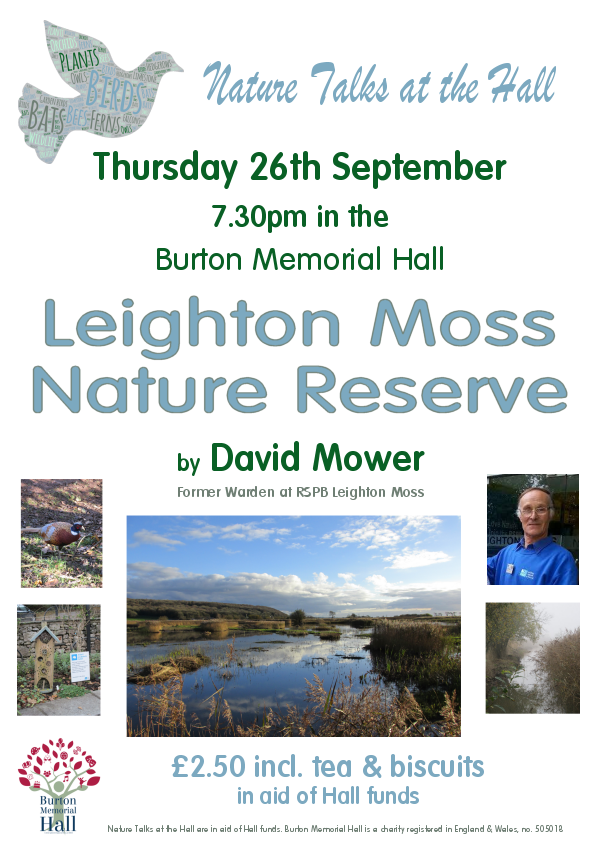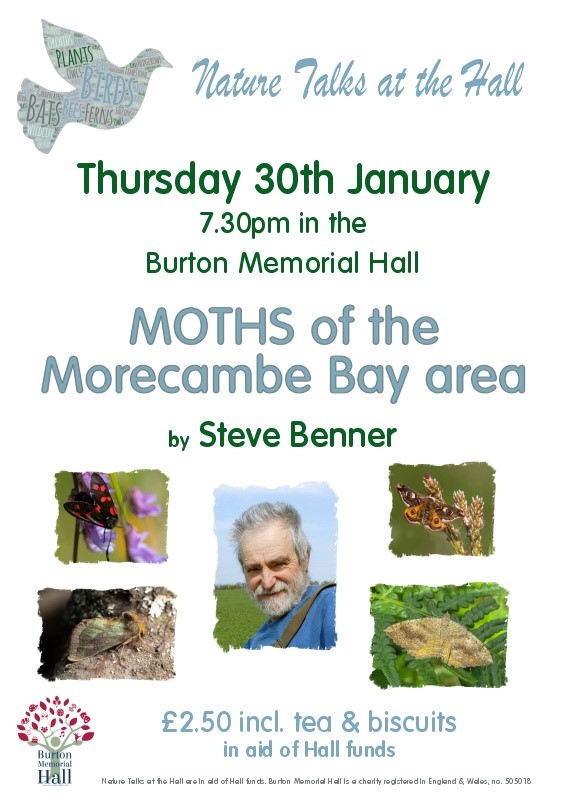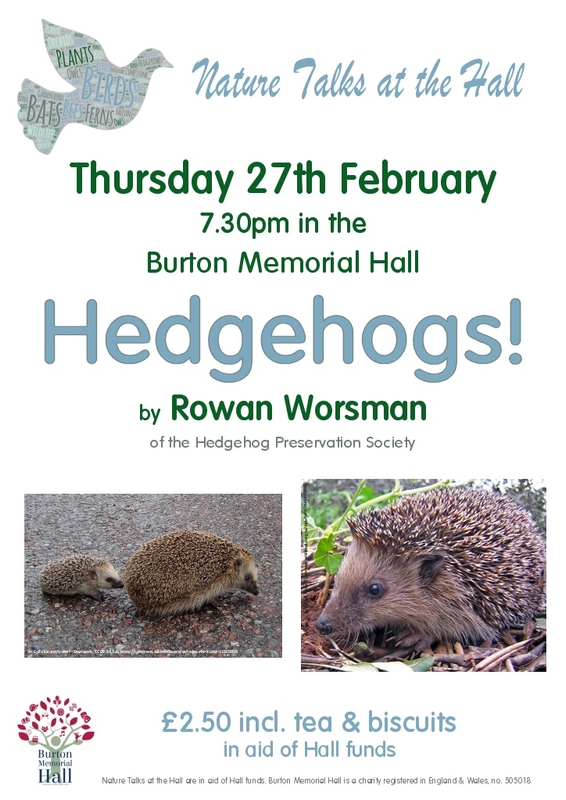Today I had a change from the usual by going over the other side of Dalton to the beautiful gorge near to Majors Nursery. It wasn't long before I heard the chaffing of overhead Fieldfare and see-ipping of Redwing. Until disturbed they had been enjoying the berries being offered up by the mature hawthorns which lined part of the track. I could not help but think about the last time I had walked along this same section of track I had been observing a lovely male Common Redstart singing his song with the electro buzzing sound which he offers so splendid. This beauty for now long gone and keeping warm, somewhere down in the African continent.
Soon the beautiful gorge appears and from its sides you hear the calls from stray pheasants making communication with one another, for today they were the lucky ones who had escaped the shoot! I also saw a Green Woodpecker, but no yaffle was offered he was silent whilst clinging in vertical posture against his thin straight upright tree.
.JPG) |
| Dog Lichen (Click over to enlarge) |
The next wonder to catch my eye was what at first looked very much like "burnt leaves" on the sandy heathland track floor , and seemed at first almost camouflaged by the surrounding leaf foliage, but these were dark greenier to almost black and with the in out weaving lobes you come to expect with some of the commoner oak leaf structures, yet these also offered that perfect white border. Also the underside was white and downy with white root like growths which I think kept the lichen attached to its acidy floor.
Now thinking about it, I had seen them several of times before whilst on areas of the Hutton Roof complex, but for some reason today those early memories had at first eluded me as to just what where they? You could not help thinking maybe they were some form of fungi! no, no, I quickly found out (thanks to a kind reminder from friend Mike V) that they were the Dog Lichen and of the family "Pettigera" and maybe of the variety (canina!).
.JPG) |
| Cladonia (Click over to enlarge) |
Closeby and in multitude the banksides were amassed with Cladonia, I remembered this one OK, but guess it would be a minefield to try and establish just which variety they were. A beautiful sight to see with them having taken over tree stumps, or old fallen long rested decaying forlorn branches of nearby tree remains together also taking over parts of the mossy embankment itself. For me the closer you look at these the more beautiful they become. Some were quite large and 2" in height and gave a "staghorn" appearance. Others you noticed were like "golfers tees" in structure whilst others were just upright bendy sticks with a depression at the head. Looking close at some of the golfers tees I noticed that their cup perimeters did have extremely small (to the eye) red dots showing at measured intervals, but think perhaps you would need the x10 glass to check them out properly. I have included a couple more photographs here.
.JPG) |
| Cladonia - staghorn look 2" high |
|
|
On the same embankment was another really interesting species which again unless you looked really close "it would not bear fruit with you". Looking from my references I gather it to be called Baeomyces rufus
(see photo below), at least thats what it looks like to me! and all the criteria seems to match OK. The Brown sporing bodies could easily be overlooked and are truly amazing when you take the "macro" shot!
.JPG) |
| Baeomyces rufus I think! |
I get very few records of the Hard Fern (Blicant spicant) on Hutton Roof itself, simply because its a area of limestone, although there are one or two small pockets of acidity areas where this species can be found. But here today on this side "acid ground" was no problem and the species could be identified in lots of small areas within a 100ft radius sector.
I have also included below a couple of photos of both the Cladonia with its "Golfers Tees" and another photo of the lovely hard fern (
Blechnum spicant)
.JPG) |
| Cladonia (click over to enlarge) | | | |
.JPG) |
| Hard Fern (Blechnum spicant) |

.jpg)
.jpg)




.jpg)



+(Small).jpg)
.JPG)




